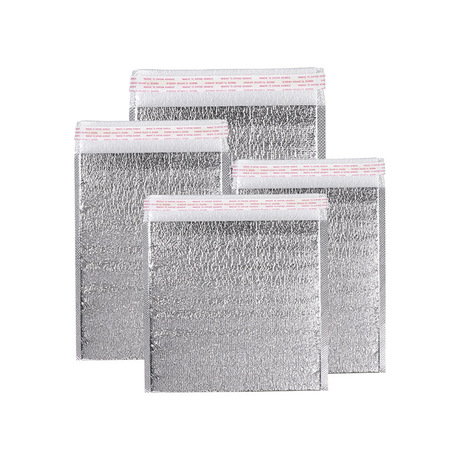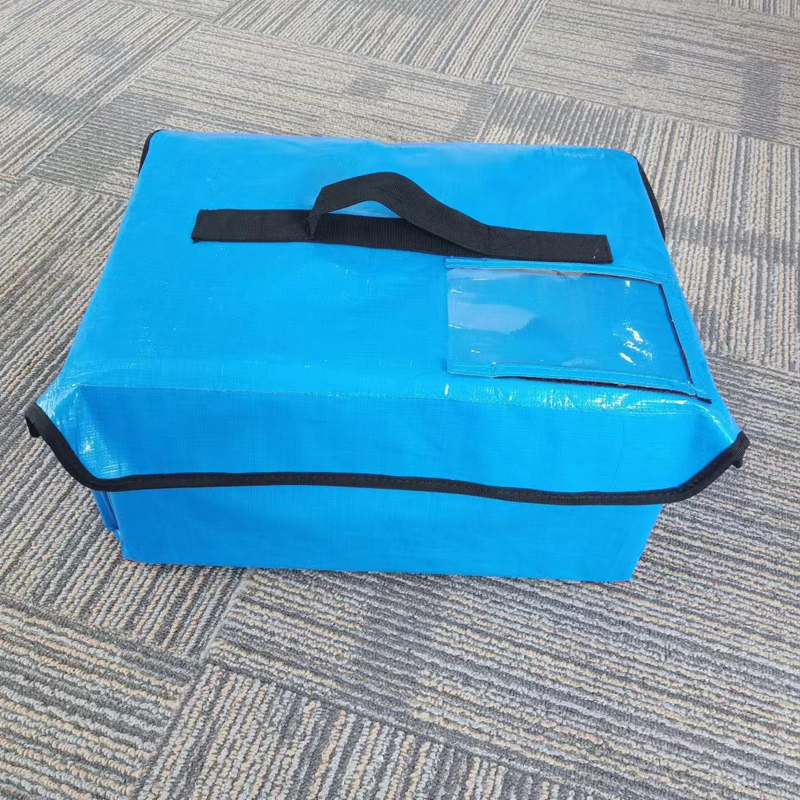Guangzhou is a millennium-old commercial capital. More than 1,000 years ago, it was one of the starting points of the Maritime Silk Road. Today, Guangzhou not only boasts Nansha Port and several Pearl River inland ports, but also Baiyun International Airport. Among them, Nansha Port is an important hub of the “21st Century Maritime Silk Road,” connecting with over 100 countries and more than 400 ports worldwide.
Guangzhou: A Millennium Port Leading Maritime Silk Road Shipping
Guangzhou’s Nansha is located at the estuary of the Pearl River and at the geographical center of the Guangdong-Hong Kong-Macao Greater Bay Area. As Guangzhou’s only natural deep-water port, Nansha Port facilitates international shipping routes for the Pearl River Delta region, opening up critical trade channels for China. By the end of 2013, Guangzhou Port had 39 routes oriented towards the “Belt and Road” initiative. Over the past ten years, this number has increased by over 100. As of now, Guangzhou Nansha Port has 152 foreign trade routes, 126 of which are to countries participating in the “Belt and Road” initiative.
The growth in route numbers has been accompanied by a continuous rise in foreign trade throughput. في 2013, the container throughput in the “Belt and Road” direction was 1.6526 million TEUs, which more than doubled by 2022. في 2022, 80% of the foreign trade throughput at Guangzhou Port’s Nansha Port came from “Belt and Road” participating countries. The “circle of friends” of Nansha Port continues to expand, with 23 friendly ports in “Belt and Road” countries.
Today, Guangzhou Port can handle both large, towering ships and smaller, flexible vessels, offering comprehensive container, roll-on/roll-off, and bulk cargo services for both domestic and international trade. The port sees a steady flow of goods, exporting industrial products such as cars and central air conditioners, and importing agricultural products like grain and cherries. Guangzhou Port has become a major logistics hub, energy artery, and grain channel, and is the only comprehensive port in the Greater Bay Area.
Port Data
From January to August 2023, Nansha Port had 152 foreign trade routes, 126 of which were related to the “Belt and Road” initiative, with a container throughput of 12.675 million TEUs, a year-on-year increase of 5.2%.
حالياً, the Guangzhou Nansha Port has attracted numerous leading domestic cross-border e-commerce companies, with more than 1,000 cross-border e-commerce-related enterprises established, forming a complete cross-border e-commerce ecosystem encompassing policy benefits, platform aggregation, convenient logistics, and financial innovation.
From January to August 2023, Guangzhou Baiyun Airport Customs supervised over 13,900 batches of imported agricultural products from “Belt and Road” countries, valued at nearly 2.7 مليار يوان, covering over 200 varieties.
Statistics show that Guangzhou’s import and export value with “Belt and Road” countries grew from 264.17 billion RMB in 2013 ل 469.36 billion RMB in 2022, an increase of 77.7%, with an average annual growth rate of 6.6%.
Guangzhou Nansha Port: Bridging Mountains and Seas to Connect with the World
Guangzhou Port’s Nansha Port Area is one of the ports with the most maritime routes in South China and is a crucial hub of the “21st Century Maritime Silk Road.” Guangzhou Port has innovatively launched the “One Port Pass” logistics model, along with multimodal transportation modes such as rail, road, and water. Nansha Port fully utilizes its role of “bringing in and connecting out,” forming a logistics network system covering the Guangdong-Hong Kong-Macao Greater Bay Area, radiating inland and connecting globally.
“One Port Pass” Links the Greater Bay Area to the World
On September 23, 35 export containers filled with household appliances such as dishwashers and air conditioners completed customs clearance procedures at Shunde Beijiao Terminal in Foshan. Using the “One Port Pass” mode, they were transferred via inland waterways to Guangzhou Nansha Port and then directly shipped abroad to 41 “Belt and Road” countries and regions, including Egypt and the Czech Republic.
The “One Port Pass” reform, jointly launched by Guangzhou Customs and Guangzhou Port, uses Nansha Port as the hub port and Pearl River inland ports as feeder ports, forming an operational mode where “two ports act as one.” This allows import and export goods to be declared, inspected, and released once. So far, the “One Port Pass” project in the Greater Bay Area has opened 16 water routes, achieving efficient and convenient movement of import and export goods in the region.
“One Port Pass” Extends Inland Through Rail-Sea Intermodal Transportation
With the successful integration of multiple inland ports in the Greater Bay Area and the “One Port Pass” model of seamless import and export customs clearance, the model continues to expand to inland provinces that are not coastal, riverine, or border regions.
On September 27, a shipment of rubberwood from Malaysia was transported via the rail-sea intermodal train to Ganzhou International Port through Guangzhou Nansha Port. This “bus-style” rail-sea intermodal train helps wood import enterprises save 2-3 days in customs clearance time and 30% in logistics costs.
From the completion and operation of Nansha Port Railway to the formation of a three-dimensional transport network integrating port, railway, and road, the internal and external transport channels continue to open up, bringing “Belt and Road” countries closer.
In the past ten years, the proportion of rail-sea intermodal transport at Guangzhou Port has increased rapidly, with more goods reaching Nansha Port via rail to board larger ships bound for broader markets. Simultaneously, more direct shipping routes to “Belt and Road” countries are docking at Nansha. حالياً, Nansha Port has daily services to major ports in Southeast Asia.
Statistics show that in the first eight months of 2023, the business volume of “One Port Pass” exceeded 106,000 TEUs, a year-on-year increase of 27.7%, with more than 2,000 foreign trade enterprises choosing this model.
“Silk Road E-commerce” as a New Engine for High-Quality Development
The proposal of the “Belt and Road” initiative has provided new historical opportunities for the development of cross-border e-commerce. في 2022, the total value of cross-border e-commerce imports and exports at Guangzhou Nansha Port exceeded 100 billion RMB for the first time, a year-on-year increase of 3.3 times. During the rapid growth of cross-border e-commerce from its inception, the biggest development “bottleneck” was how to handle returns of import and export goods.
“Import Return Center Warehouse” Eases Consumers’ Concerns About “Buying Globally”
في 2022, Guangzhou’s total cross-border e-commerce import and export volume reached 137.59 مليار يوان, a year-on-year increase of 85.3%, with the import scale of cross-border e-commerce ranking first nationwide for nine consecutive years. لكن, in the early stages of the rapid growth of cross-border e-commerce import business, enterprises and consumers faced unprecedented challenges.
With the booming rise of cross-border e-commerce as a new type of foreign trade, customs across the country have been exploring solutions for the return of imported goods. At the end of 2018, the General Administration of Customs issued Announcement No. 194 of 2018, clarifying that cross-border e-commerce imported return goods that meet the conditions for secondary sales can be re-listed for sale. Guangzhou Customs followed up promptly, supporting enterprises to establish cross-border e-commerce retail import return center warehouses in the Nansha Comprehensive Bonded Zone, allowing consumer return parcels to be sorted, declared for return, and re-listed within the zone. This allowed consumers to enjoy the convenience of returning imported goods, while also helping enterprises reduce operating costs.
Having resolved the issue of import returns, the next challenge was handling export returns.
في السنوات الأخيرة, “Made in China” has risen strongly, with domestic fashion apparel, accessories, and fast fashion retail goods being favored by overseas consumers. Similar to imported consumer goods, there is also a demand for return and exchange of export goods. Statistics show that the return rate for export fast-moving consumer goods is as high as 8% ل 10%.
“Consolidated Export” Helps Fast-Moving Consumer Goods Export Enterprises “Sell Globally”
This cross-border e-commerce enterprise, which specializes in exporting fast-moving consumer goods, has been stationed in the Nansha Comprehensive Bonded Zone since 2019. حالياً, its monthly return volume reaches millions. Relying on Guangzhou Customs’ pioneering “consolidated export” and precise support measures of “one policy for one enterprise,” the enterprise relocated its overseas warehouse to the Nansha Free Trade Zone. Overseas return goods and domestic export goods are stored in the same warehouse within the bonded zone and can be consolidated into a single package for export, addressing high return shipping costs and slow efficiency issues. Innovative measures coupled with geographical advantages have enabled consumers and various cross-border e-commerce enterprises in Nansha to achieve “buy globally” and “sell globally.”
Speeding Up Customs Clearance to Create a “1-Hour Fresh Import Logistics Chain”
Guangzhou has not only Nansha Port, which boasts numerous shipping routes, but also a large air port. Guangzhou Baiyun Airport is one of the top three aviation hubs in the country, with a network of routes covering the globe. Every day, over 40 tons of fresh products from “Belt and Road” countries enter through here.
This batch of live lobsters, totaling 26 pieces, was randomly





















